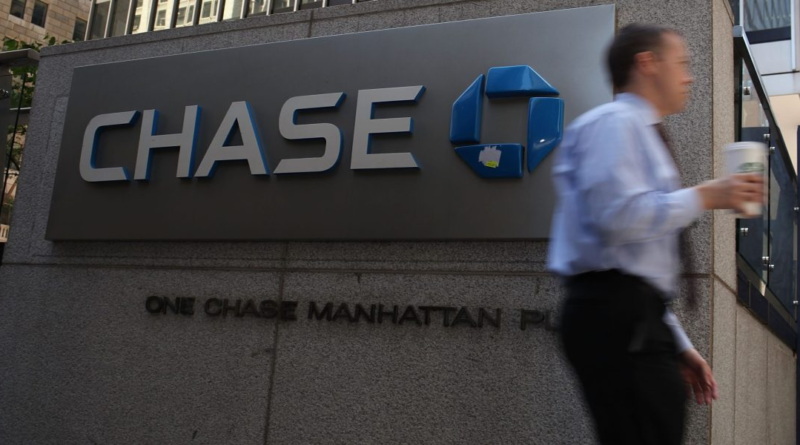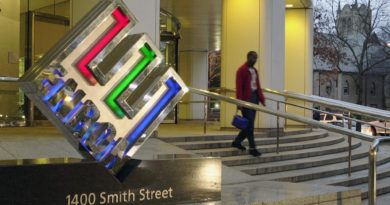Chase’s plan to charge for checking accounts—and how consumers might respond
JP Morgan Chase could soon start charging some 86 million people for holding their own money for them. That’s according to Marianne Lake, CEO of consumer and community banking at JPMorgan Chase, who told the Wall Street Journal the bank may institute checking account fees in order to recoup any revenue lost if regulators go forward with a plan to cap overdraft fees.
Currently, Chase charges up to $35 for checking accounts if certain requirements, like a monthly direct deposit, aren’t met. And it charges a $34 overdraft fee per transaction that overdraws an account by more than $50 (up to three per day). That enabled the bank to rack in over $1 billion in overdraft fees in 2023, according to the Consumer Financial Protection Bureau (CFPB), the most of any bank in the U.S.
The proposed regulations from the CFPB would cap those fees between $3 to $14, which the agency estimates will save consumers at least $3.5 billion each year. Of course, savings for consumers mean lost revenue for Chase, which it will look to make up elsewhere.
“It is not practical for many of the services to be free if we won’t be able to draw from those profit pools,” Lake told the Journal.
Lake did not say how much the checking account fees would be or what accounts they would apply to, but the Journal‘s story notes other currently free products and services, like credit score trackers and financial planning tools, could also soon come at a cost. Chase’s proposed fee comes at a time when the average monthly fee for a non-interest checking account is $5.31, and $15.33 for an interest-bearing account, according to Bankrate.
Lake spoke to investors about the changing regulatory environment in May, saying that the average consumer was the most likely to be impacted.
“I think it is reasonable to expect the industry will make sweeping changes to how products and services are offered and priced,” she said, noting that credit will become “much more expensive and free checking may only be attainable for the most affluent Americans.”
An overdraft fee is applied when customers try to spend more than they have in their checking account. They became a major source of revenue for banks in 2010s, although other institutions—including Citi and Capital One—have eliminated or reigned them in significantly in light of the possible new rules.
That said, Chase is earning significantly less revenue from overdraft fees than it once did: In 2019, the bank brought in over $2 billion, double last year’s figure.
What can consumers do?
How that plays out for consumers depends on how high the fees are, says Lauren Saunders, associate director of the National Consumer Law Center. Overdraft fees tend to hit low-income consumers the hardest—those who can least afford to pay them.
“In general, a modest monthly fee is better than a huge, backend overdraft fee,” says Saunders. “I don’t think they will be able to sustain high fees, and people should take their business elsewhere if they do.”
It’s also important to note that depending on the outcome of the presidential election in November, the federal regulations might not be put in place at all. Still, the best thing consumers can do is shop around for the best deal, says Saunders. Plenty of banks, including online-only institutions like Ally, offer fee-free accounts, as well as much smaller overdraft fees (if they charge the fees at all). Indeed, 45% of non-interest checking accounts are completely free and 87% can be free if requirements, like direct deposit or a minimum balance, are met, per Bankrate.
“Chase is more reliant on overdraft fees than other banks and so they’re looking to squeeze consumers in another way,” says Saunders. “Hopefully other banks who have made more significant changes to their overdraft practices can see a sustainable way to have bank accounts without big monthly fees.”
There are also non-bank financial institutions which often offer free services, though consumers should also approach these with caution, Saunders says, pointing to the recent collapse of Synapse, a financial technology company that acts as a middleman between fintechs and banks. Its abrupt bankruptcy left tens of thousands of business and consumers with frozen accounts they could not access.
That said, other banks may soon follow Chase’s lead. Smaller community banks and credit unions are less likely to do so, says Ted Rossman, senior industry analyst at Bankrate. And they may find other avenues—say, via higher ATM fees—to make up revenue.
“Banking is a copycat industry and I would expect large rivals to follow suit if a major player such as Chase raised fees,” says Rossman. “It’s also important to note that fees can be like whack-a-mole: one goes down, another pops up.”




